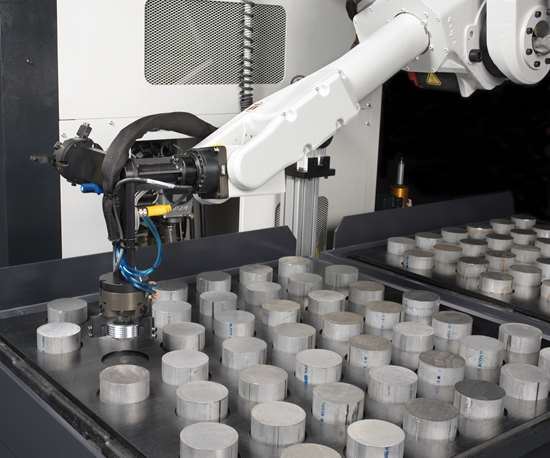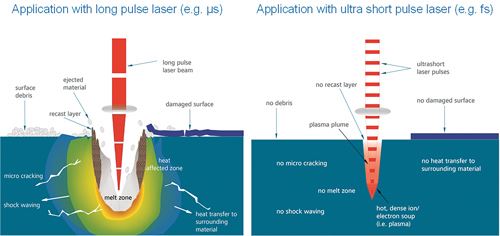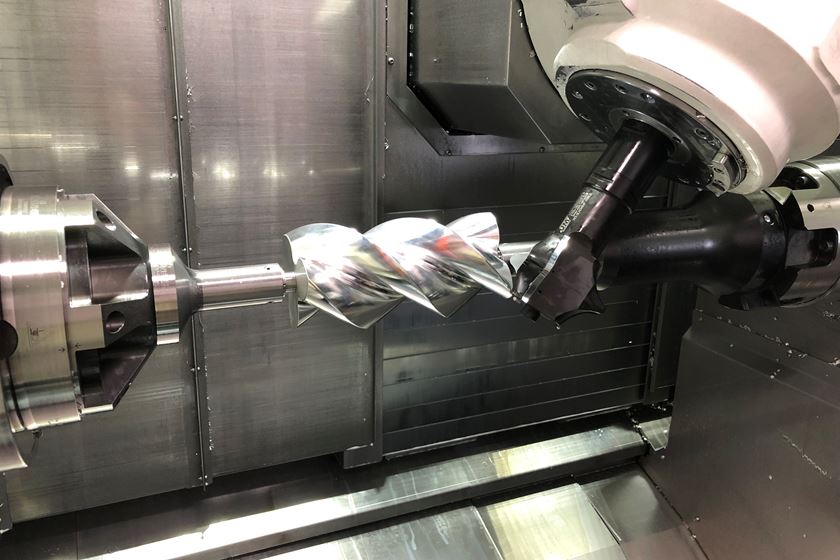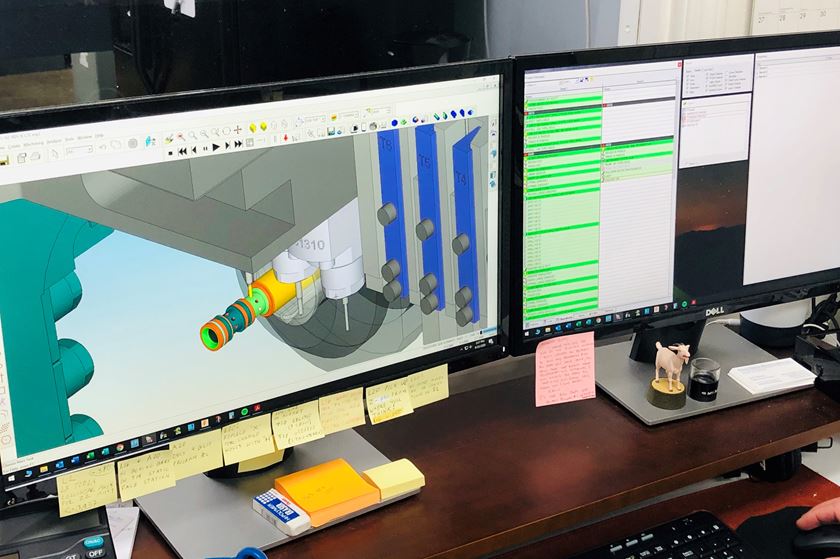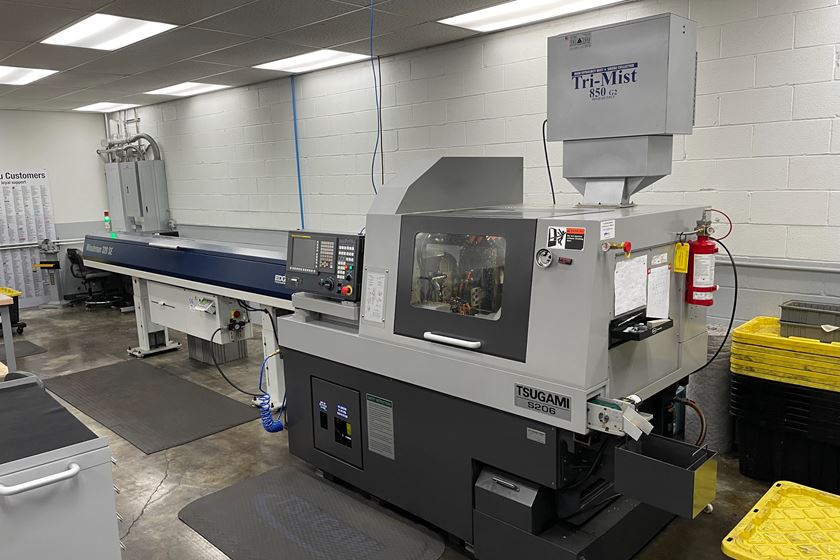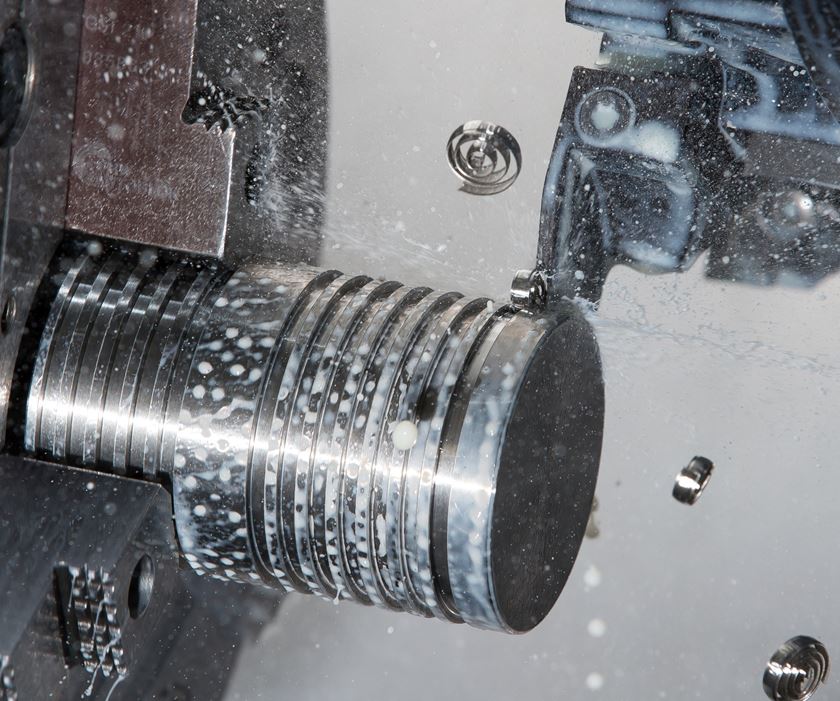How To Machine Composites, Part 5 -- Waterjet Cutting
For trimming composite parts, this shop describes where it uses machining centers and where it uses waterjet.
Editors note:This is part five of a five-part series. You can find the links to the entire series below.
Part 1:Understanding Composites
Part 2:The Cutting Tool, Workholding and Machine Tool
Part 3:Milling Composites
Part 4:Drilling Composites
Part 5:Waterjet Cutting
Hydrojet of Reading, Pennsylvania, has two abrasive waterjet machines from Flow International Corporation. Jack Seibert, one of the company’s engineers, says the small shop has found a niche for itself by efficiently machining composite parts that other, larger aerospace contractors have difficulty machining in a cost-effective way. Many of these parts are trimmed through abrasive waterjet. However, not all of the parts that the shop sees lend themselves to waterjet cutting. The shop eventually added milling machines as well, and it now has three machining centers from Haas Automation in addition to a large CNC router with 160 inches of X-axis travel.
Mr. Seibert says the part geometry determines whether to use waterjet or conventional machining. Waterjet is preferred, in no small part because no special tooling is needed to hold the workpiece if a waterjet machine does the cutting. However, a more extremely contoured part presents a problem for waterjet because the jet shooting out of the intended cut might perform an unintended cut on some other surface of the part. If a part is so contoured that it doubles back to nearly parallel itself, then the machining work probably has to be done on a machining center.
Featured Content
其他因素可以影响的决定。精准医疗cision is one such factor. The machining center is more precise, Mr. Seibert says, so tight-tolerance work tends to go there. Another consideration is the material. The waterjet machine can cut a wider range of materials efficiently. Kevlar is an example of a composite material difficult enough to mill that the shop generally tries any way it can to run a Kevlar part through waterjet.
Machining centers running composites demand the extra expense of vacuum fixtures, and Hydrojet produces this tooling itself. In fact, one of the Haas machines is devoted primarily to tooling. In addition to fixture tooling for machining, the shop also uses this machine to make layup tooling for its customers to use in making composite parts.
Company owner Michael Rado says this suggests where Hydrojet’s next investment should be. He says the shop will add staff specifically to perform composites layup for its customers, and the shop will also buy an autoclave for curing composite parts. These additions will allow the shop to provide full-service composites production from before layup through to machining and beyond.
After all, Mr. Rado notes that the shop already provides the tooling that makes lay-up possible and the machining services that complete the parts. He jokes, “We already do all the hard stuff.”
Part 1:Understanding Composites
RELATED CONTENT
Good Investment Casting
An increasing number of shops that make metal parts that are intricate, require extensive machining or are produced repetitively or in limited quantities, are finding that investment casting is the ideal solution.
Consistency with Indirect Extrusion
A return to basics, paired with extensive research, proved instrumental in the enhancements of this aluminum rod and bar manufacturer’s product line.
Machining Exotics
Production machining has changed from large runs of parts carved out of free machining materials to smaller runs of parts from much more difficult to machine materials. Learn how to adjust to this challenge.



.JPG;width=550;quality=60)
.jpg;width=70;height=70;mode=crop)




